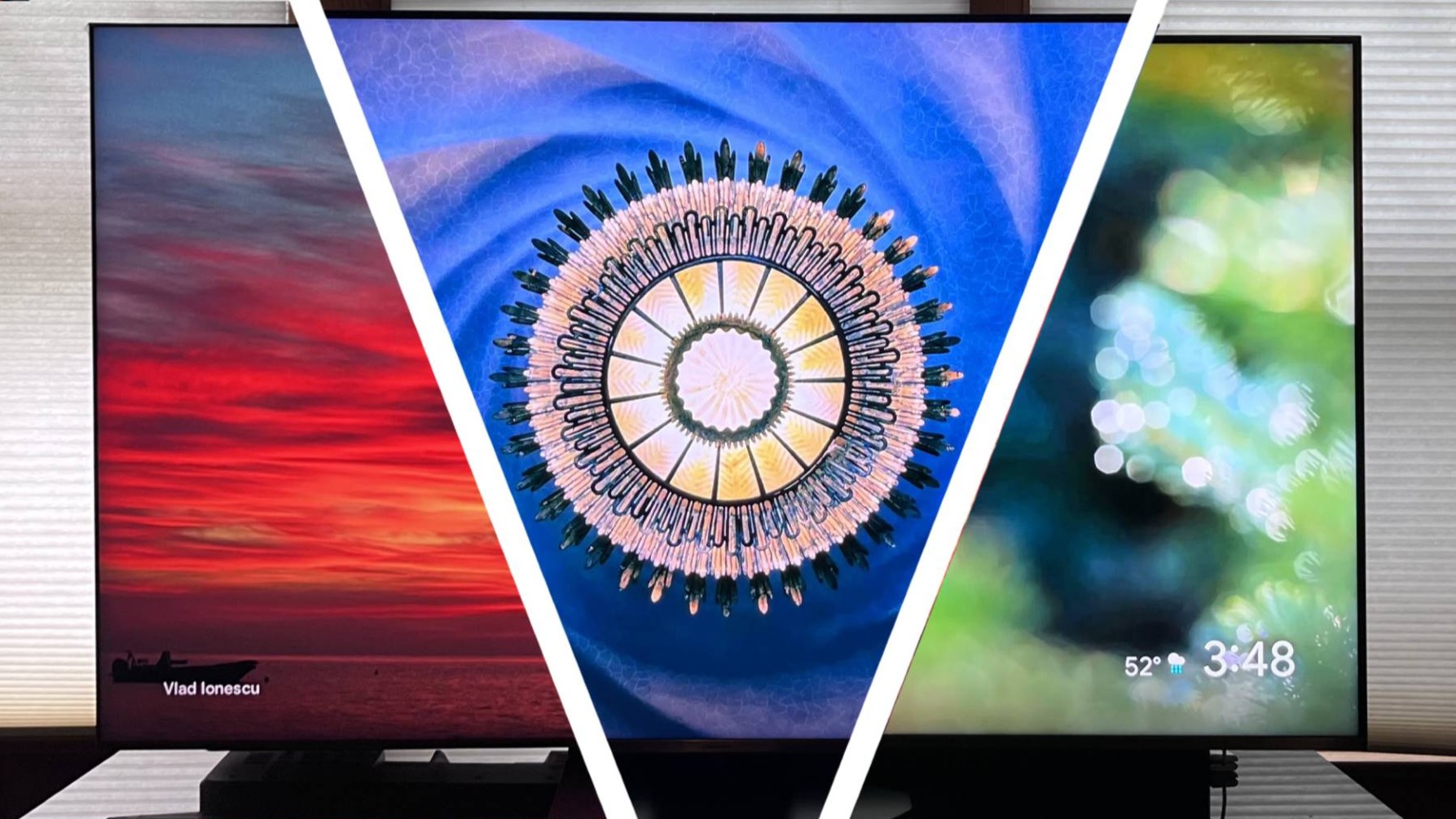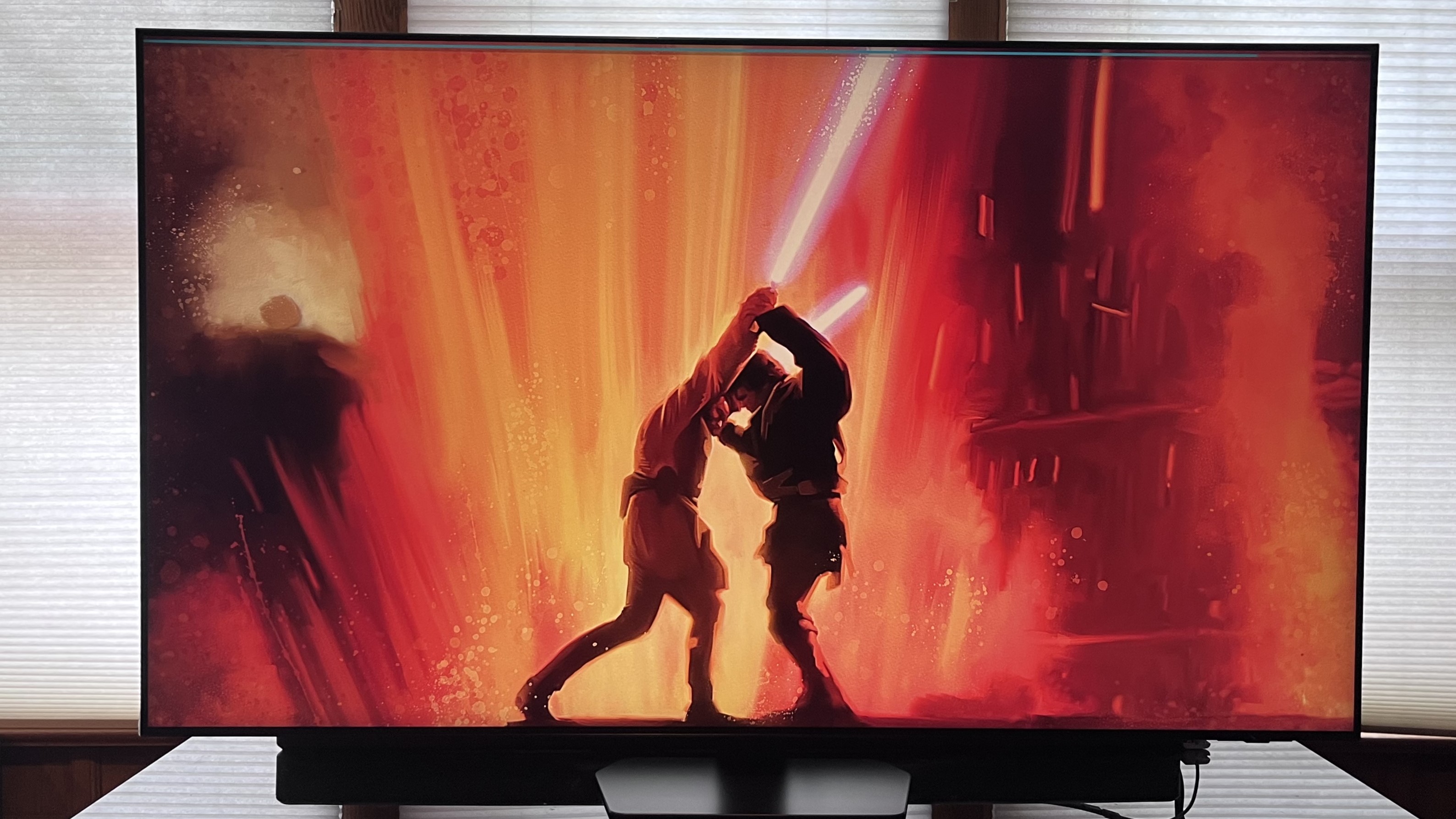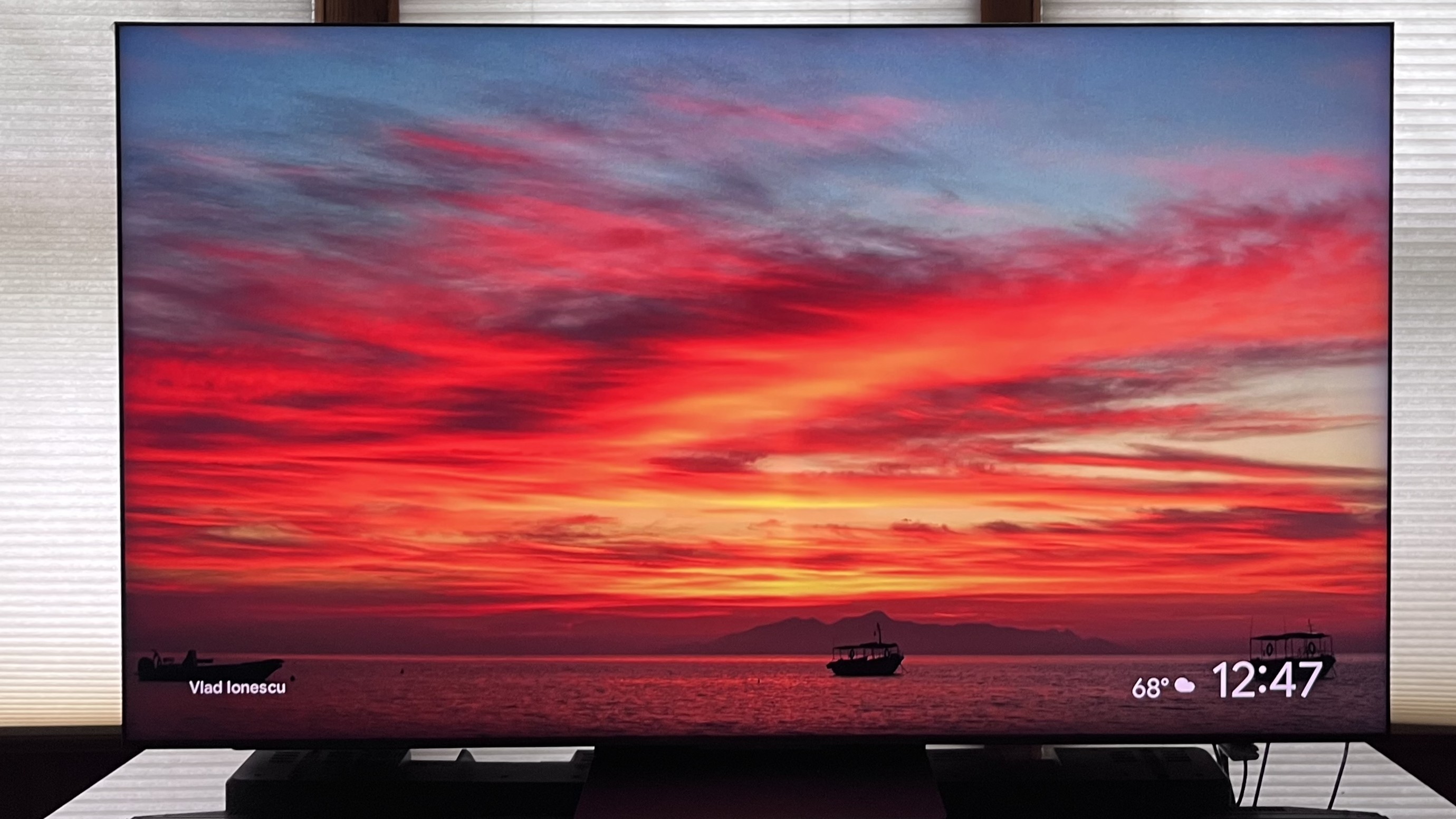I tested 3 flagship mini-LED TVs – here’s the one I’d spend my own money on
Things are looking bright for mini-LED

It’s only mid-June, and I'm fortunate enough to have already tested three new flagship mini-LED TVs for 2025. The bottom line is that these new TVs are seriously bright – brighter, even, than last year’s crop, and all three look primed to take their place among our list of the best TVs.
The three models I’ve tested are the Hisense U8QG, Samsung QN90F, and TCL QM8K, each with a 65-inch screen size. The Hisense and Samsung TVs have been fully reviewed, while my TCL review is currently in process.
Release pricing for the 65-inch model of these TVs is as follows:
- Hisense U8QG: $2,199 / £2,199 / AU$2,999
- Samsung QN90F: $2,499 / £2,499 / AU$3,499
- TCL QM8K (US-only model): $2,499
Even though it’s still relatively early in the year, US prices have already dropped for some of these TVs, with the 65-inch Hisense U8QG now selling for around $1,499, and the TCL QM8K for $2,199. The Samsung QN90F hasn't yet seen a price drop, but we expect it, along with other TVs, to get a substantial discount during the upcoming Amazon Prime Day sales event on July 8 through July 11.
If you’re in the market for one of the best mini-LED TVs, you may be wondering which of these three TVs is the best fit for you. To help guide your shopping journey, I’ll take you through the plus and minus points of each, starting with some revealing graphs of their measured performance.
Hisense U8QG

As you can see from the above chart, the Hisense U8QG has the highest peak and fullscreen brightness of these three TVs. The U8QG’s picture is seriously bright! It also has the highest HDR color gamut coverage, with 97.8% for UHDA-P3 and 82.8% for BT.2020 – both fantastic results for a mini-LED TV.
In my U8QG review, I praised it for its refined local dimming, which yielded pictures with powerful contrast and detailed shadows. Colors also looked rich, though the TV benefited from some pro-level adjustment to its default Filmmaker Mode for best results.
Sign up for breaking news, reviews, opinion, top tech deals, and more.
The U8QG’s high brightness makes it a great TV for watching sports, and helpfully my time reviewing coincided with the NBA playoffs here in the US. For daytime sports viewing, this is helped along by an anti-reflective screen, which does an effective job of limiting screen glare from windows, lamps, and overhead lighting.
One area where the U8QG’s picture came up short in my testing was off-axis uniformity – when viewed from a far off-center seat, contrast and color saturation both took a hit. The TV’s otherwise impressive 4.1.2-channel built-in speaker system was also prone to subwoofer rattling on movies with heavy bass, and I had frustrations with its Google TV smart TV platform when attempting to browse broadcast TV channels pulled in by its ATSC 3.0 tuner (a US-only problem).
Gamers will find plenty to love about the U8QG, which features three HDMI 2.1 ports with 4K 165Hz, FreeSync Premium Pro, Dolby Vision, and HDR10+ gaming support (though it would be better if the U8QG had four HDMI ports). Overall, the Hisense U8QG is a great TV, and also a great value at its current price.
Samsung QN90F

As you’ll see in the chart above, the Samsung QN90F isn’t the same brightness beast as the Hisense and TCL TVs, but its picture is still plenty bright enough to stand out for daytime viewing, and its Wide Viewing Angle feature and superior motion handling make it a perfect TV for sports.
Another QN90F feature that makes it perfect for sports, and also for watching movies in bright room lighting conditions, is its Glare-Free screen, a tech found in other flagship Samsung TVs, such as the Samsung QN990F 8K mini-LED and Samsung S95F OLED, that effectively eliminates mirror-like screen reflections from all light sources, lamps included. The one caveat here is that in such conditions, you’ll need to forgo Filmmaker Mode and instead use the TV’s Movie mode, which was the one we used for our QN90F measurements and evaluation.
Aside from having a near-flawless picture, the QN90F has clear, powerful sound from its 4.2.2-channel built-in speaker array, and an almost impossibly svelte, stylish design for a mini-LED TV.
Samsung’s Tizen Smart TV platform has seen numerous improvements over the years, and the latest version incorporates the Samsung Art Store, a subscription service that lets you “stream” artworks from museums around the world to display on the TV’s matte screen.
Gaming is a QN90F strength, and it leapfrogs over the competition with four HDMI 2.1 ports with 4K 165Hz, FreeSync Premium Pro, and HDR10+ gaming support, along with Samsung’s Gaming Hub for cloud-based gaming. We measured input lag in Game mode at a mere 9.5ms – about as low as it gets on TVs.
TCL QM8K

Although I haven’t yet published my TCL QM8K review, I have already spent enough time evaluating this TV to get a sense of its overall performance, and the news here is very good. As you can see in the chart above, peak and fullscreen brightness are about on par with the Hisense U8QG, and so is its HDR color gamut coverage.
(An equivalent model to the QM8K in the UK and Europe is the TCL C8K.)
Colors look rich, yet accurate on the QM8K, and its powerfully bright image and anti-reflective screen make it a great option for daytime sports viewing. Its picture looks uniform over a wider viewing angle than the Hisense U8QG, almost matching the Samsung QN90F in that regard.
The movies that I’ve watched on the QM8K so far have also looked great, with the new model equalling the local dimming prowess of its TCL QM851G predecessor. Motion handling is average, which is the same result we saw with the QM851G.
The QM8K has a powerful built-in Dolby Atmos/DTS:X speaker system with both side- and up-firing drivers that’s tuned by Bang & Olufsen. It also supports Dolby Atmos Flexconnect, which lets the TV transmit sound directly to wireless speakers instead of connecting a soundbar.
The QM8K also has solid gaming features, with 4K 144Hz (and 1080p at 288Hz) and FreeSync Premium Pro support. But with only two HDMI 2.1 ports, the specs for TCL’s TV lag behind its competition, and at 13.6ms, its measured input lag is also higher.
Which one to buy?
These are all very strong TVs when it comes to both performance and features. Given the current pricing, I’d be inclined to pick the Samsung QN90F, which combines excellent all-around performance with a stunning design, great sound and smart TV features, and superior gaming features and performance.
Not that I wouldn’t be happy with any of these TVs, but the Samsung offers a bit more, even if it may ultimately cost more.
You might also like...

Al Griffin has been writing about and reviewing A/V tech since the days LaserDiscs roamed the earth, and was previously the editor of Sound & Vision magazine.
When not reviewing the latest and greatest gear or watching movies at home, he can usually be found out and about on a bike.
You must confirm your public display name before commenting
Please logout and then login again, you will then be prompted to enter your display name.